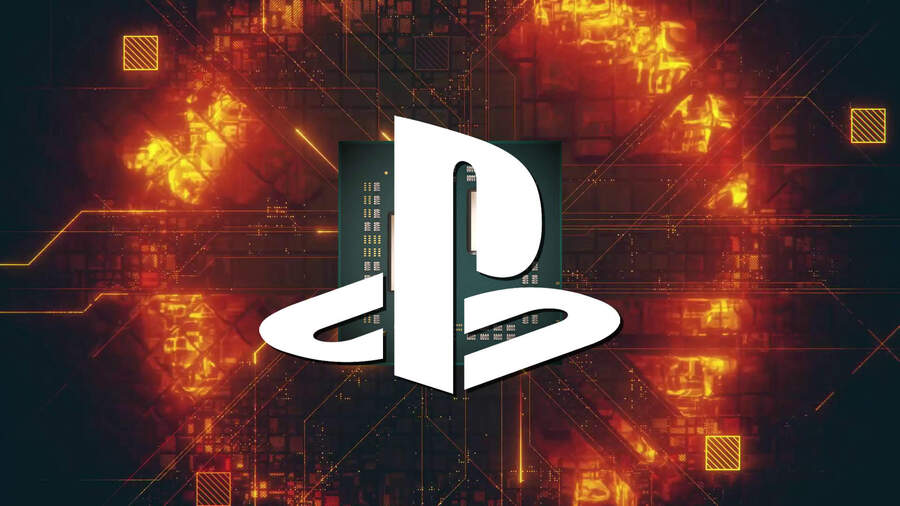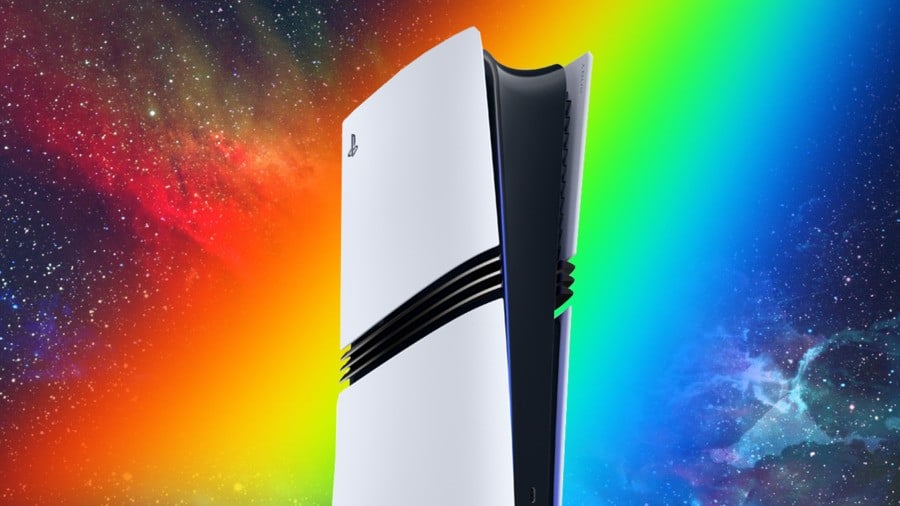
Hardware leaker Moore’s Law Is Dead – who previously accurately outed the specs of the PS5 Pro – claims to have seen an internal AMD presentation from 2023 which includes a ton of potential information about the PS6.
As he clarifies multiple times throughout the video, the specs were accurate as of 2023, and may have been altered or changed since. However, he notes that after speaking to someone familiar with PlayStation hardware development, Sony rarely strays too much from the initial pitch.
Assuming this information is accurate, then, expect it to be largely representative of what the platform holder has cooking.
There are a few pieces of information that are particularly pertinent here: firstly, the Japanese giant is working hard to ensure the system will be affordable, and it’s aiming for a price much lower than the PS5 Pro.
Of course, global economics and tariffs could potentially upend its efforts here, but it’s clear the goal is to make a mass market product and not a $1,000 supercomputer.
Secondly, it’s said that the system could enter manufacturing as soon as mid-2027, which would likely point to a late 2027 or early 2028 release date. That’s assuming everything goes to plan, of course.
In addition to the PS6, the platform holder is also working on a handheld, which has been rumoured for quite some time now.
The most interesting detail about this is that it appears to be on the same development timeline as the PS6, so it’s possible it could launch simultaneously alongside the next-gen console.
Again, this is expected to hit a mass market price point, although it understandably will be less powerful than the PS6 itself. As has been speculated already, the PS5’s new “low power mode” may be doubling as a target benchmark for developers to hit on the portable, which is expected to comfortably outperform the Switch 2.

So those are all the headline details, but let’s get into the nitty-gritty of the proposed specs.
The new console, the PS6, is codenamed Orion and is targeting the following as of this alleged 2023 presentation:
- 8 x Zen 6 (or later) cores
- 40-48+ RDNA 5 Compute Units at 3GHz+
- 160W TBP
- 160-bit or 192-bit bus with GDDR7 at 32GT/s+
- Rasterization Performance 3x PS5 (ray tracing expected to be higher)
- Chiplet design
- Backwards compatible with PS5 and PS4
And according to the same AMD presentation, the handheld – which is codenamed Canis – is targeting the following:
- 4 x Zen 6c cores
- 12-20 RDNA 5 Compute Units at 1.6-2GHz
- 15W TBP
- 128-bit bus with LPDDR5X-7500+
- Rasterization Performance 0.5x PS5 (ray tracing expected to be higher)
- Backwards compatible with PS5 and PS4
- MicroSD Slot and M.2 SSD Slot
- Haptic feedback
- Dual microphones
- Touchscreen
- USB-C port video out
There’s quite a lot to chew on here from a technological perspective, but if accurate it gives an idea of the direction Sony is heading for next-gen: affordable, comparatively low power consumption, and efficient.
The reality is that we’re unlikely to see graphical leaps like the PS1 to PS2 ever again, so cross-gen between PS5 and PS6 is likely to be long. That’s where the organisation’s strategy with its rumoured handheld may fit in, as you’ll likely be able to share the majority of your library between the two units.
If this is all accurate, then the fact Sony is aiming for a mass market price point should be the most important takeaway here. There had been concerns after the $700 PS5 Pro that the company could charge extortionate sums for its next-gen console, but it looks like it’s still eager to appeal to the masses.
The biggest challenge for the platform holder will be converting players from the PS5 to the PS6, because as we alluded to above, we expect both systems to share the same library for a long time. And if the rumours are accurate about Sony’s multiformat plans, then there may be less incentive to buy a PlayStation than there’s ever been.
This is obviously just the start of the speculation, so buckle yourselves in folks, because we’ve got an exciting ride through to 2027 and beyond.
Source link

